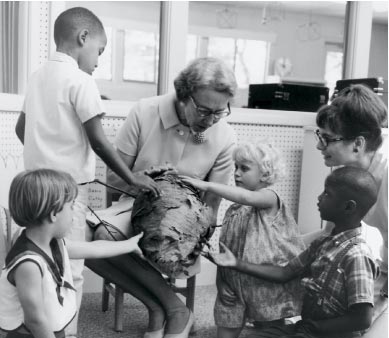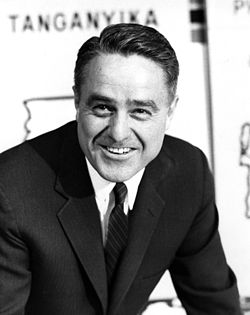
Peace Corps founder Sargent Shriver launched the federal Head Start program a half-century ago this week, bringing early learning opportunities to more than 32 million needy children.

None of it would have been possible without the woman whose work he modeled the program after: Nashville psychologist and early childhood education research pioneer Susan Gray.
Gray (1913-1992), a faculty member at Vanderbilt’s Peabody College of education and human development (formerly George Peabody College for Teachers), saw the effects of poverty on children’s intellectual and social development.
A co-founder of the Kennedy Center at Peabody, in 1965 Gray established an on-campus research-oriented “experimental school” devoted to young children with developmental disabilities or whose development was at risk due to conditions such as poverty. She was one of few female faculty members at the time. In a racially divided South, her commitment to inclusive education was radical, and her integrative approach to special education revolutionary.
“Susan Gray was one of the first child development researchers to systematically investigate the effects of early intervention on children growing up in poverty,” said Ann Kaiser, the Susan Gray Professor of Education and Human Development, and a Vanderbilt Kennedy Center investigator.

“Gray found that a relatively short term intervention could produce statistically and socially significant changes in children’s language and social behavior. That initiated a ‘sea change’ in national thinking about the potential of early intervention to change lives.”
Hearing of her successes, Shriver, along with his wife Eunice Kennedy Shriver, visited Nashville to observe Gray in action, and decided her model should be implemented on a national scale. He credited her research as the model for the federal Head Start program.
“Dr. Gray’s pioneering experiments showed us what could be accomplished and how to go about it,” Shriver said at the time. “(Gray) has made an enduring contribution to the nation’s welfare.”

Now celebrating its 50th anniversary, Head Start continues to bring early learning and development programs to at-risk children. Gray’s former experimental school, now the Susan Gray School at Peabody, carries on its namesake’s vision for educating children of all means and abilities side by side.
To learn more, watch “Susan Gray: A Legacy of Hope.”
Head Start
Project Head Start was launched on May 18, 1965, and promotes school readiness of children under 5 from low-income families through education, health, social and other services.